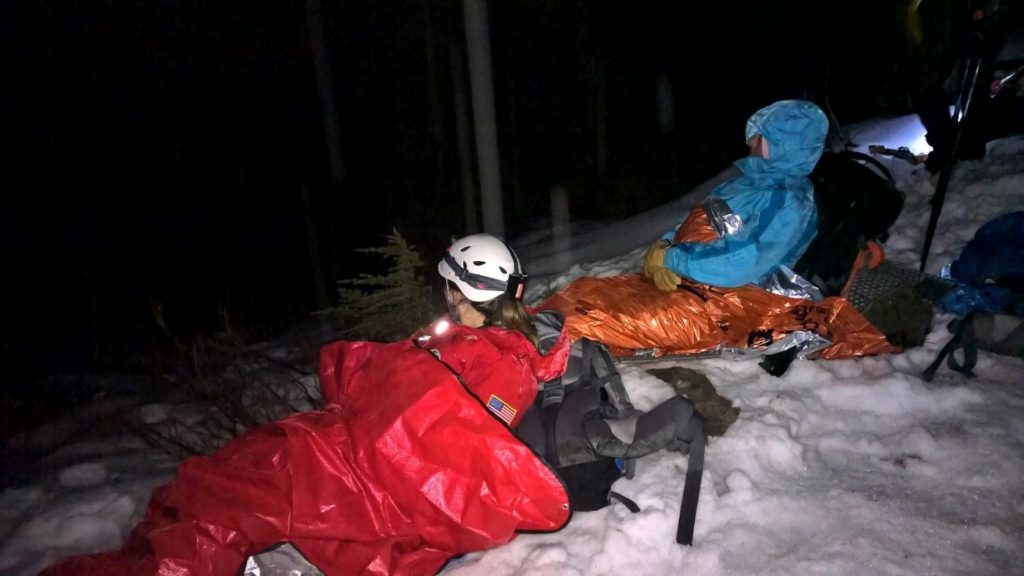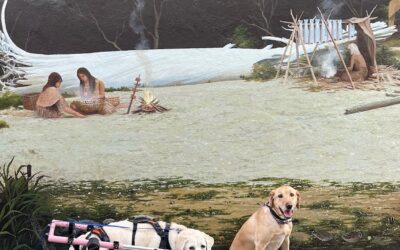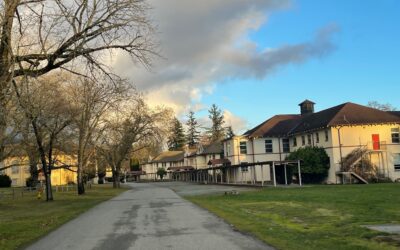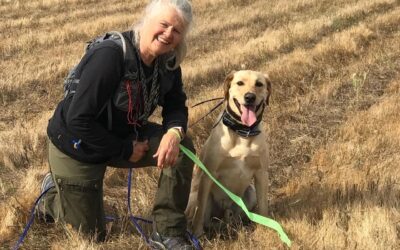We’ve done this before; we’ve been here before. The SAR call out was for a hiker with an injured leg near the 5,340 summit of Mount Pilchuck in the western Washington Cascades. Mountain Rescue and SAR volunteers hop in their cars and make the 2-hour drive up to the Mount Pilchuck Trailhead — 30 miles out the Mountain Loop Highway and another 8 miles of winding rough dirt road to a rough gravel parking strip at 3,000 feet.
As we arrive in waves of two or three, the OPS Chief forms teams and hands out assignments. A fast “hasty team” of three is dispatched to hike the rough 3-mile trail to the summit and locate and stabilize the victim. Subsequent teams are assigned to hike up the trail at a slower pace, carrying a rescue litter as well as extra ropes and gear. It’s 5PM now, and we know that darkness will be upon us in less than two hours.
With the fast teams out ahead of us, I’m assigned to lead a “not-nearly-as-fast” team of five, carrying more rescue gear, and providing more people for what will be a long and difficult “carry-out” — because low clouds prevent helo operations, we will need to carry our victim all the way down to the trailhead. Leading from behind, I remind our team to keep a steady, slow pace. We need to conserve energies for the long carry-out ahead of us.
7PM now, and the rescue has progressed. We hear on our radios that our hasty team has reached the victim and assessed and splinted an injured leg. They’ve been joined by Team 2 and are beginning to slowly move the victim down the mountainside by sliding the litter over snow-covered trails. Team 3 is just 15 minutes behind Team 2, and will soon join them to assist in the lowering.
My team (Team 4) has just reached 4,000 feet on the trail, where it begins to be covered with snow. We have rigged a safety line along one 30-foot section where a slip on the trail would cause a fall off a 200-foot cliff. Suddenly over the radio we hear Command: “Teams 4, 5, and 6 – hold your current location, and wait there to rendezvous with Teams 1, 2, and 3 when they get down to your location. Provide relief personnel for the carry-out from that point.”
We look at each other. It’s dark now; there is a light wind blowing snowflakes down upon us as the temperature drops into the lower 30’s. We know it could take 2-3 hours for the upper teams to get the victim down to us; we’re going to have to “shelter in place”, staying warm and ready using only the clothing and gear we carry in our mission packs . . .
. . . which is an issue for those of us who assumed at the trailhead that this was going to be a quick hike up and a quick carry down – and who removed clothing and gear from their mission packs to lighten the load. As the hours wore on, those of us who were better prepared gradually pulled on layer after layer. I sat on my insulated pad and added another layer every 30 minutes: down sweater, then down jacket, then down pants, then Gortex rain pants. Finally, I pulled out my heavy duty “space blanket” and spread that over me. Team members around me did the same. Some of those who did not carry enough gear finally gave up and announced they needed to hike back down the trailhead before they froze.
“Did anyone bring a JetBoil? We can heat some water bottles and have them ready to warm the victim when they get down to us.” Shit. Among three SAR teams, none of us carried a stove. How embarrassing. This is what happens when you assume a quick and easy mission. Fortunately, Team 7 arrives at our location, and one of them has an MSR stove in her pack.
When teaching my Hiking Safety classes at REI, I often relate this story of our long, cold night on Mount Pilchuck.
Our unplanned SAR bivouac is exactly what a hiker would experience if lost, delayed, or injured in the wilderness. If that hiker is a typical day-hiker, their idea of emergency gear is a water bottle and a selfie-stick. Their experience during an unplanned bivouac is likely to be unpleasant at best, and life-threatening at worst.
For more information on “the worst,” see our Blog Post: Hypothermia Lurks Here.





Plans can change quickly in the wilderness. Important to keep that in mind when packing equipment!